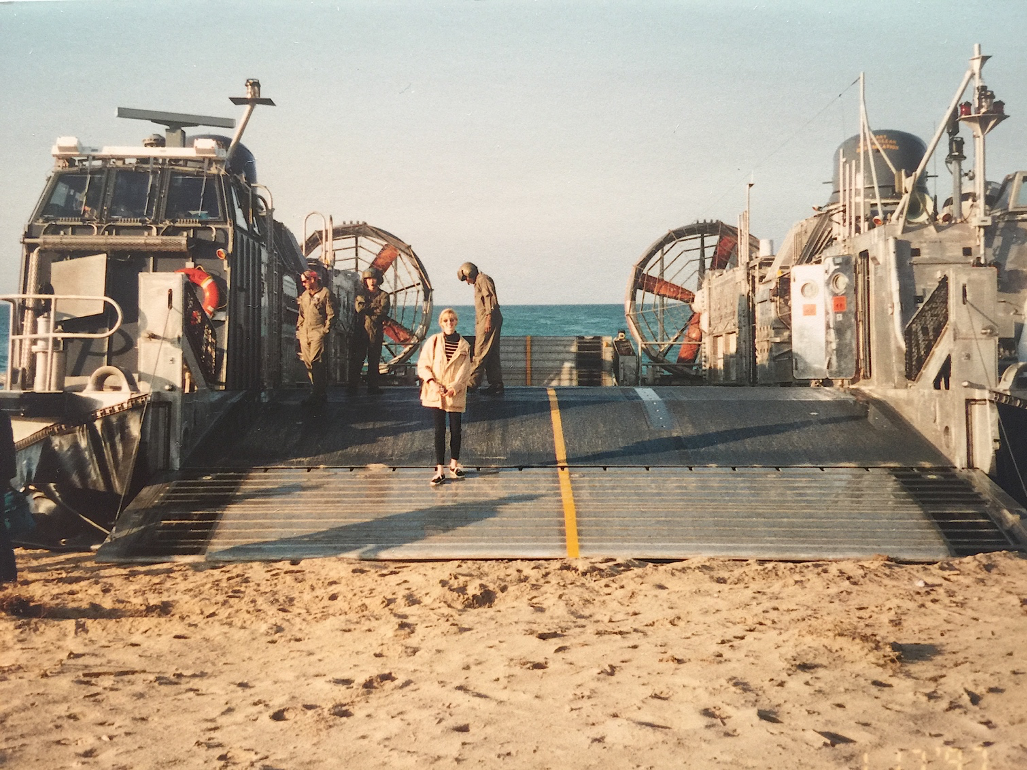Safety First
As a leadership coach and organizational consultant, I work to create trusted relationships and safety for my clients. The goal is to unblock conversations about an organization’s evolution that leads to innovation and excellence. To do so in today’s complex knowledge economy, Amy Edmondson of Harvard Business School and author of The Fearless Organization distinguishes between trust and psychological safety. Trust involves two individuals or parties who give the benefit of the doubt to each other. Psychological Safety, however, operates at the collective level (leaders and team) and addresses whether members share a sense of permission for candor involving work-relevant data. For example, will group members share what they really see is happening in the organization and challenge the status quo? Will they be vulnerable by asking for help or admitting a mistake? Successful organizations challenge the traps of groupthink to create psychological safety. Psychological safety is not the ultimate goal for an organization - the goal is contribution and learning that leads to innovation and excellence.
During my 10-year career as a CIA officer in their Directorate of Operations, I participated in settings with varied levels of psychological safety. Risk taking is an inherent part of the clandestine intelligence work. However, creating trust and psychological safety with colleagues is paramount for operational success. My participation in the Marine-led evacuation exercise from the US Embassy in Kuwait is memorable, in part, because of the psychological safety I observed and experienced. The U.S. Marine Corps specializes in risk and safety more overtly than most organizations. The Marine Security Guard (MSG) is responsible for securing the embassy and is trained to respond to terrorist acts and other emergencies such as fires, riots, and demonstrations. When emergencies escalate, the MSG is charged with evacuating expats (see How Marines Evacuate an Embassy). The Marines who accomplish this are, on average, the tender age of 25! While the average age of a CIA DO officer is…well…classified information, I can assure you it’s older than 25.
In January 1997, I participated in one of the Marines’ evacuation exercises. A training ‘emergency’ prompted an immediate expat evacuation, and the Marines deployed their plans to rescue us, the expats, from a pre-determined meeting point outside Kuwait City. Once picked up by jeeps with Marine escorts, we were driven through the desert to the Persian Gulf and transferred to an awaiting ship. Exercises like these allow the Marines to practice in as realistic a context as possible. There, they can make mistakes, adjust and maximize their performance when faced with an actual emergency.
The MSG demonstrated an impressive balance of situational awareness, team communication and mission focus. When they couldn’t see the next directional flag in the desert, they said so. At several points during the desert drive, I was the first to see the flags and I yelled out the position from the back seat. The MSG were neither annoyed nor flustered; they gladly accepted my help and complimented my distance vision. Most impressive was their ability to juggle that day’s responsibilities while creating a sense of safety for and connection with the expats.
Physician and psychiatrist Bessel van der Kolk speaks to the impact of social safety on both the mind and body. Trust in social relationships creates powerful protection against being overwhelmed by stress. Being acknowledged, seen and heard by people around us provides a visceral feeling of safety. When we feel safe, the parasympathetic nervous system counteracts stress by relaxing the heart, muscles and breathing. This mind-body process functions whether you find yourself in the Kuwaiti desert or your Monday morning team meeting.
Psychological safety is the understanding that asking questions, sharing concerns and mistakes is safe, encouraged and won’t result in negative repercussions. When we feel safe, we’re able to shut down the amygdala’s fight or flight response, the brain’s hardwiring for self-protection and defensiveness. Subsequently, psychological safety fosters healthy risk taking and learning. The goal is to uncouple fear from risk and failure so that risk taking and safety can not only coexist but lead to excellence.
How can leaders enhance psychological safety in the workplace? Creating a culture of excellence requires incorporating psychological safety into day-to-day interactions.
- Structure for safety: Co-create language and expectations that encourage sharing and avoid groupthink or holding back. Explore what it means to take risks, fail, be uncertain, be vulnerable and the perceived, actual and desired repercussions of these actions.
- Demonstrate situational humility: Admit what you don’t know: the volatile, uncertain, complex, and ambiguous (VUCA) environments of knowledge work requires leaders acknowledge that they don’t know everything.
- Practice inquiry: Get used to not being the expert…even if you are. We all have blind spots and we can all learn. Ask open-ended questions to stimulate thinking, challenge assumptions and push for innovation. This ‘coach approach’ helps support others to share and sharpen their thinking.
- Use processes: Create forums for spontaneous team sharing and peer-based learning and support. Some team members may be happy to share but are more inclined to write it down than speak up in a group.
For help with any of this, contact me at cooper@coopersolutionsllc.com or at 510-610-4938.

